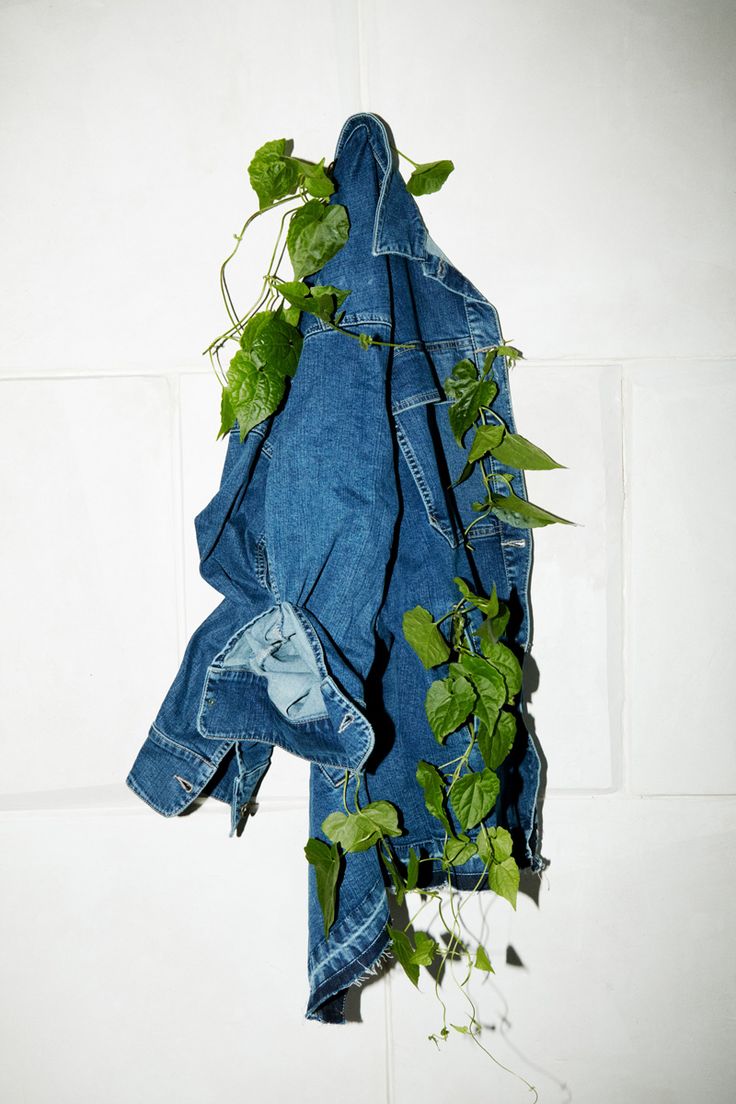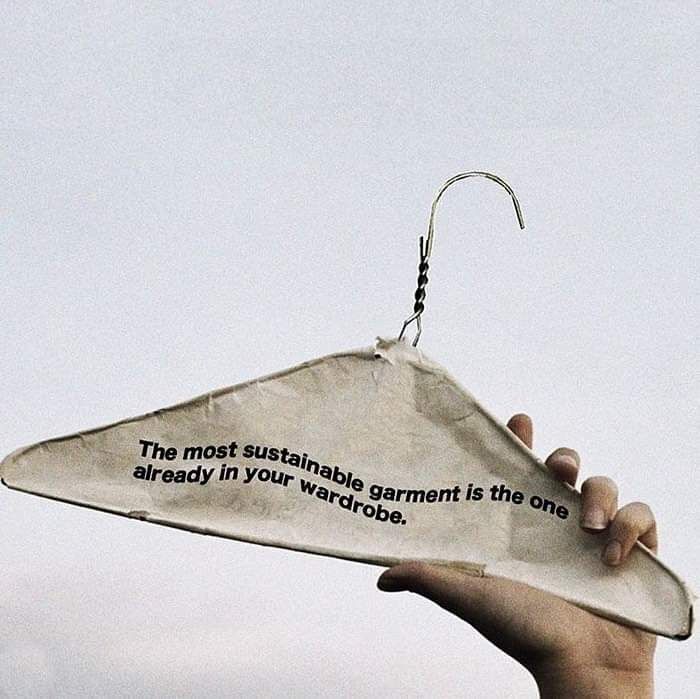The lifespan of clothing refers to the duration of time that a garment can be worn or used before it becomes unwearable or no longer serves its intended purpose.
Clothing lifespan can vary depending on several factors, including the quality of the materials used, the construction techniques employed, the frequency and intensity of use, as well as individual care and maintenance practices.
It is important to note that while some garments may last for many years, others may have a shorter lifespan due to factors such as fashion trends or changes in personal style preferences.
Factors Affecting Clothing Lifespan
Quality of Materials
The choice of materials used in garment production greatly influences its lifespan.
High-quality fabrics and fibers tend to be more durable and less prone to wear and tear compared to lower-quality alternatives.
Natural fibers like cotton, linen, silk, and wool are often considered more durable than synthetic materials like polyester or nylon.
Construction Techniques
The way a garment is constructed also impacts its lifespan.
Well-constructed clothing with strong seams, reinforced stress points, and proper finishing details is likely to withstand regular wear and washing better than poorly constructed garments.
Frequency and Intensity of Use
The more frequently a garment is worn and the more rigorous the activities it is subjected to, the shorter its lifespan is likely to be.
For example, a t-shirt worn daily for intense physical activities will generally wear out faster than a dress only worn occasionally for special occasions.
Care and Maintenance Practices
Proper care and maintenance significantly contribute to extending the lifespan of clothing.
Following manufacturer’s instructions for washing, drying, ironing, and storing garments can help prevent damage and prolong their usability.
Regularly repairing minor damages can also extend the lifespan of a garment.
Fashion Trends
Fashion trends play a role in determining the perceived lifespan of clothing.
Garments that are no longer in style or considered fashionable may be discarded or donated even if they are still in good condition.
This can shorten their lifespan from a functional perspective.
Personal Style Preferences
Changes in personal style preferences can also impact the lifespan of clothing.
As individuals develop new tastes or evolve their fashion choices, garments that no longer align with their style may be retired earlier than they would have been otherwise.
How to Extend the Lifespan of Clothing
While the lifespan of clothing can be influenced by various factors, there are steps that individuals can take to extend the usability and reduce waste:
Invest in Quality
Choosing garments made from high-quality materials and well-constructed pieces can result in longer-lasting clothing.
Proper Care and Maintenance
Following care instructions, such as washing clothes on appropriate settings, avoiding excessive heat during drying, and storing them properly, can help prevent damage and extend garment lifespan.
Repair and Alteration
Repairing minor damages like loose buttons or small tears can give garments a new lease on life.
Additionally, altering clothing to fit changing body shapes or style preferences can help prolong their usefulness.
Donate or Resell
Instead of discarding clothing that is no longer wanted or needed, consider donating it to charities or selling it through online platforms. This allows others to benefit from the garment and reduces waste.
Support Sustainable Brands
Choose clothing brands that prioritize sustainability and ethical production practices. Such brands often focus on creating durable garments designed to last longer.
In conclusion, the lifespan of clothing refers to the duration of time a garment remains wearable and serves its intended purpose.
It is influenced by factors such as material quality, construction techniques, frequency of use, care practices, fashion trends, and personal style preferences.
By investing in quality garments, practicing proper care and maintenance, repairing when necessary, and making conscious choices about discarding unwanted clothing, individuals can extend the lifespan of their garments and contribute to reducing waste in the fashion industry.


